EM@3AM: Stercoral Colitis
EMDocs
JANUARY 11, 2025
Well keep it short, while you keep that EM brain sharp. A 73-year-old female is brought in by EMS for abdominal pain, vomiting, and weakness for two days. If sepsis or septic shock is present, aggressive fluid resuscitation and empiric antibiotics covering intra-abdominal flora should be administered. Mathis, K.

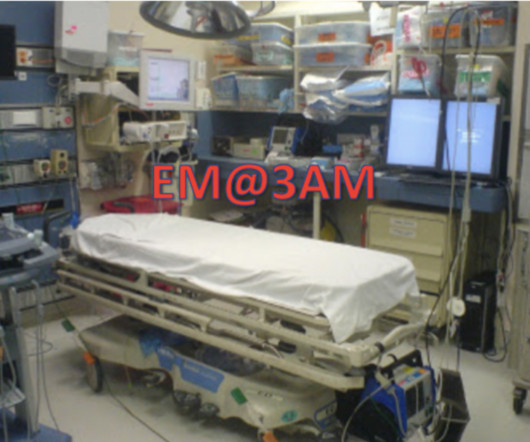
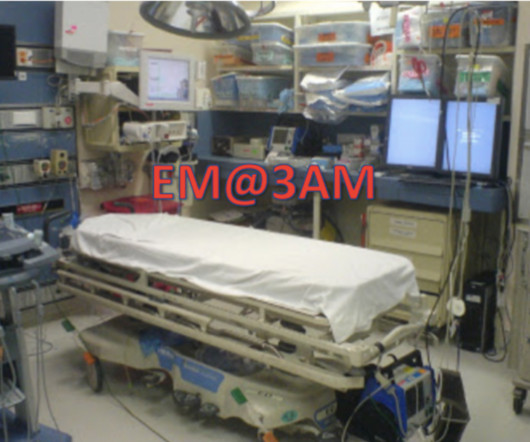
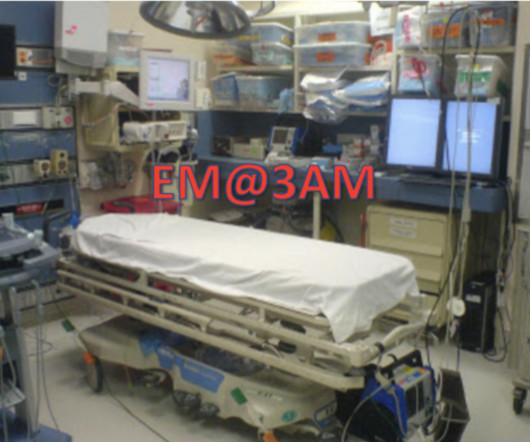
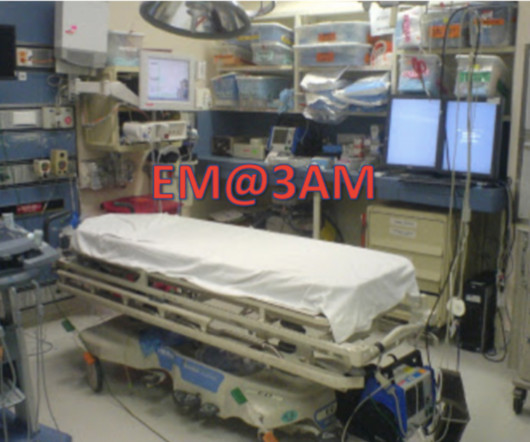







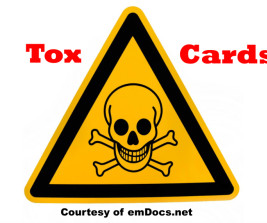

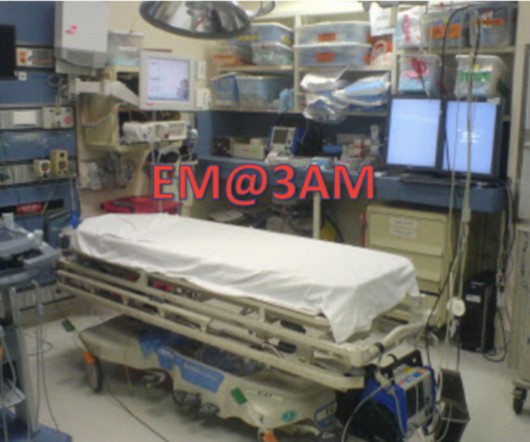

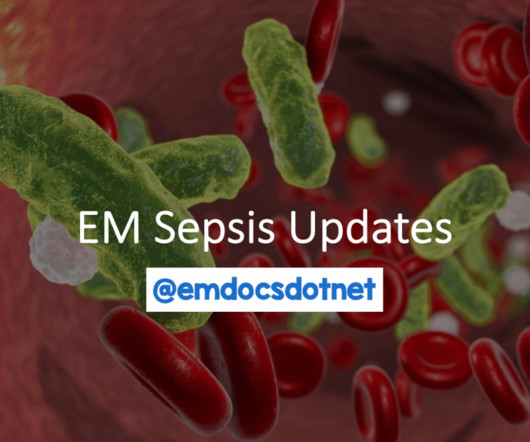

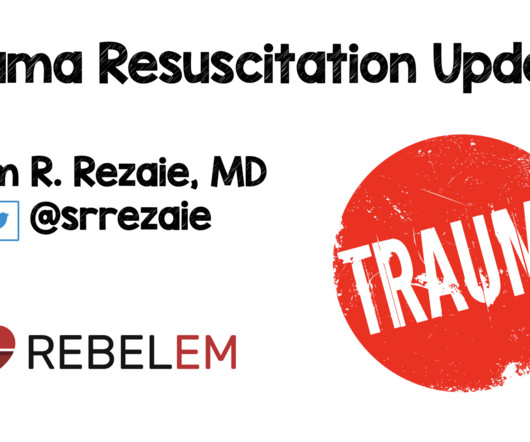

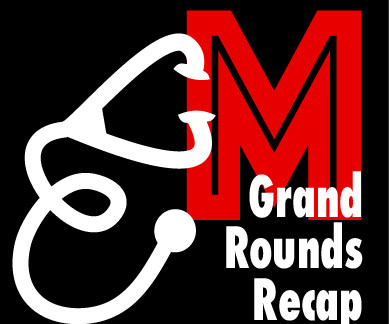













Let's personalize your content